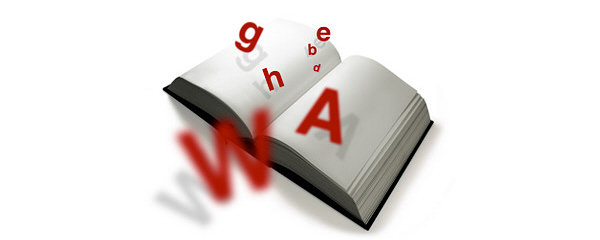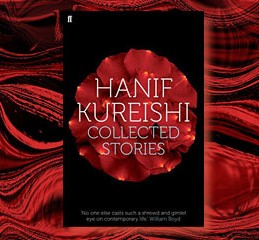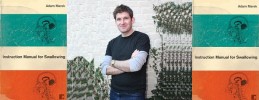
by Hayley Singer
I am three months into my MA and I find myself experimenting with ways in which my critical research can set up little fires under my creative practice, so that my creative juices (or impulses) don’t cool, congeal and sit in a fatty layer around the edges of my brain. My critical process, to date, has been selecting a book of short fiction, or novel, or poems; seeking out relevant critical theories, articles, interviews; hunkering down in my little studio with a highlighter, notepad and “going for it”. But this is no longer enough. I want a process that will set little sparks and tendrils of plot in motion. I want a process that will excite my creativity and invigorate my critical work.
At the beginning of my MA, I set myself the task of developing something of an academic poetics – a clumsy name for what is still quite a nebulous concept for me. What I mean is that I entered my research project with the intention of making my chapter titles poetic, building complex and crystalline metaphors within my arguments so that the critical work could become something tangible; visceral. I was first drawn to language for its power to conjure absent visions and excite a reader’s powers of visualisation, and now I have to ask myself, if I can theorise in my creative work why can’t I activate the creative within my critical work?
So, I started reading articles, interviews, and theory texts with two agendas in mind. The first was the formal purpose of untangling concepts and using them to propel my arguments, while the other was to hunt for sumptuous, strange, and alien words that triggered my imagination. And so I started a list. I even bought a special List Book for the very purpose. Now, in my little studio I feel like a hoarder, a junk collector picking through texts for fascinating, quirky, and chewy words. I will turn them in my mind to inspect their qualities, their makings. I shake them, tap them and put them to one side. In my List Book.
At the end of each day I examine the list that has formed. This process is lovely in that it is organic and seems to gauge the ebbs and flows of my thinking, but more so this process has begun to reveal an aesthetic within my research and this is what I find exciting.
At the end of the day I give myself fifteen minutes to write something, anything – a villanelle or a micro fiction – that incorporates the words I have gathered, giving me an extra-dimensional understanding of my project. An understanding on the level of textures, of lightness and shade, that will hopefully generate a dynamic tapestry of critical work while ensuring my creative writing remains an active practice.
What do you do to keep the creative fires burning in the long, solitary hauls of research?


Hey Hayley
You’ve probable already read this, but am posting a link in case you haven’t:
http://www.jstor.org/pss/469310
Jane Tompkins’ “Me and My Shadow”. A beautiful example of critical writing that’s also creative.
I love the idea of developing a word list to work from, especially one drawn from particular domains of knowledge or styles of writing. For example, when I was feeling particularly incapable of writing anything recently, I wrote a short piece based on phrases drawn from spam emails. I’ve also written a flash fiction based on language and phrases siphoned (in a form of literary liposuction) from fashion and beauty books. And I’m still in the process of collecting up lots of juicy gobbets of language from Sherlock Holmes stories for a possible story featuring a crime fiction obsessed Victorian teenager.
Anyone interested in experimental forms of writing with a theoretical basis might enjoy a look at Hazel Smith’s book The Writing Experiment: Strategies for Innovative Creative Writing.